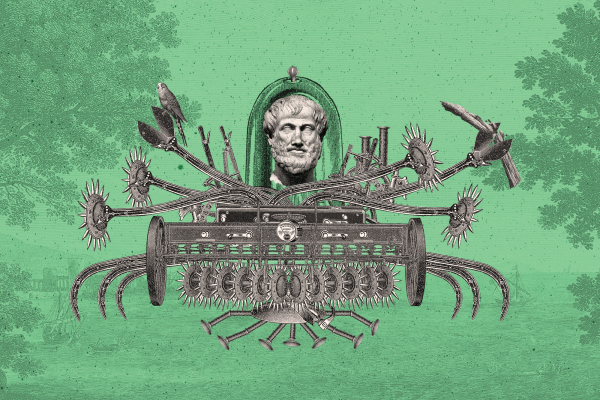CHANGE IS DIFFICULT, great change even more so. Yet some things change naturally over time with seemingly little effort—the course of a river, the shore of an ocean, the direction a tree decides to grow. When humans interfere with the course of nature in an unnatural and thoughtless manner—such as by damming a river or clear-cutting a forest—we are bound to experience unknown and often unwanted consequences. But perhaps reverting to more natural systems of change will not be as difficult as we imagine.
Western civilization is just beginning to realize that nature is wiser and more powerful than we are and will, without a doubt, outlive us. She knows her mind, and she understands what keeps life in balance. Because today we seldom see nature in her unmolested glory, we rarely consider the degree to which Western civilization has changed that which is natural to what is now unnatural. Since time immemorial, Indigenous people have learned to observe natural change and tried to flow with it, or bend it to their benefit.
Now, like never before, we need people with keen observational skills to help us recover and retain the truths in nature. Indigenous wisdom’s long relationship with creation is based on an ethic of harmony, humility, and respect. Such efforts need not always contradict Western notions of science. Modern scientific methods often confirm the truths that our Indigenous teachers have always known. Science verifies what scientists observe. In more than one sense, our Indigenous elders have always been scientifically aware. Western scientists use tools that tell them the hydrological cycles have changed. Our elders know the huckleberries are ripening a month later than they always have. I have heard from elders in the past few years that our medicine plants are not nearly as potent as they used to be. They say the earth is weakening; an unnatural change has occurred. Western science has come to the same realization by explaining that as more carbon is released into the atmosphere, plants are less able to develop the nutrients needed. Both observe verifiable knowledge. But one is abstract while the other is personal. What modern science tells Western society about creation, our Indigenous “scientists” have been observing for millennia. What we can agree upon together is that the earth is changing, unnaturally, and it is not a good change.
Read the Full Article

